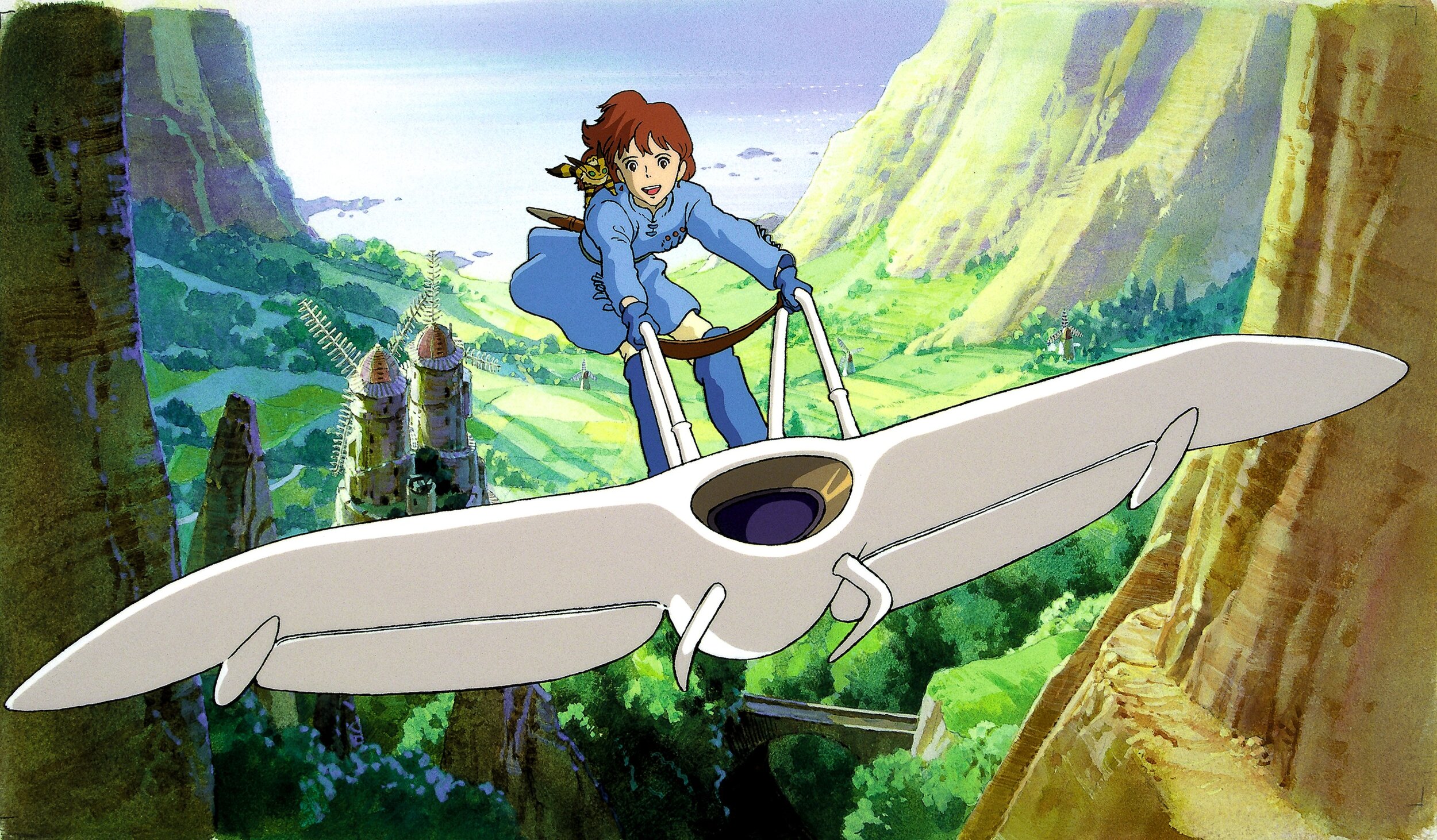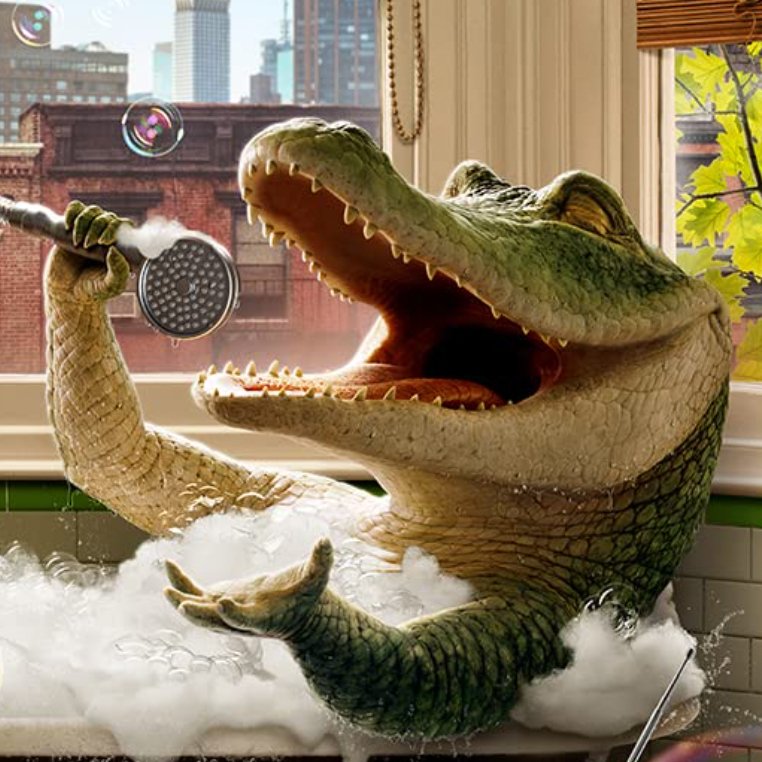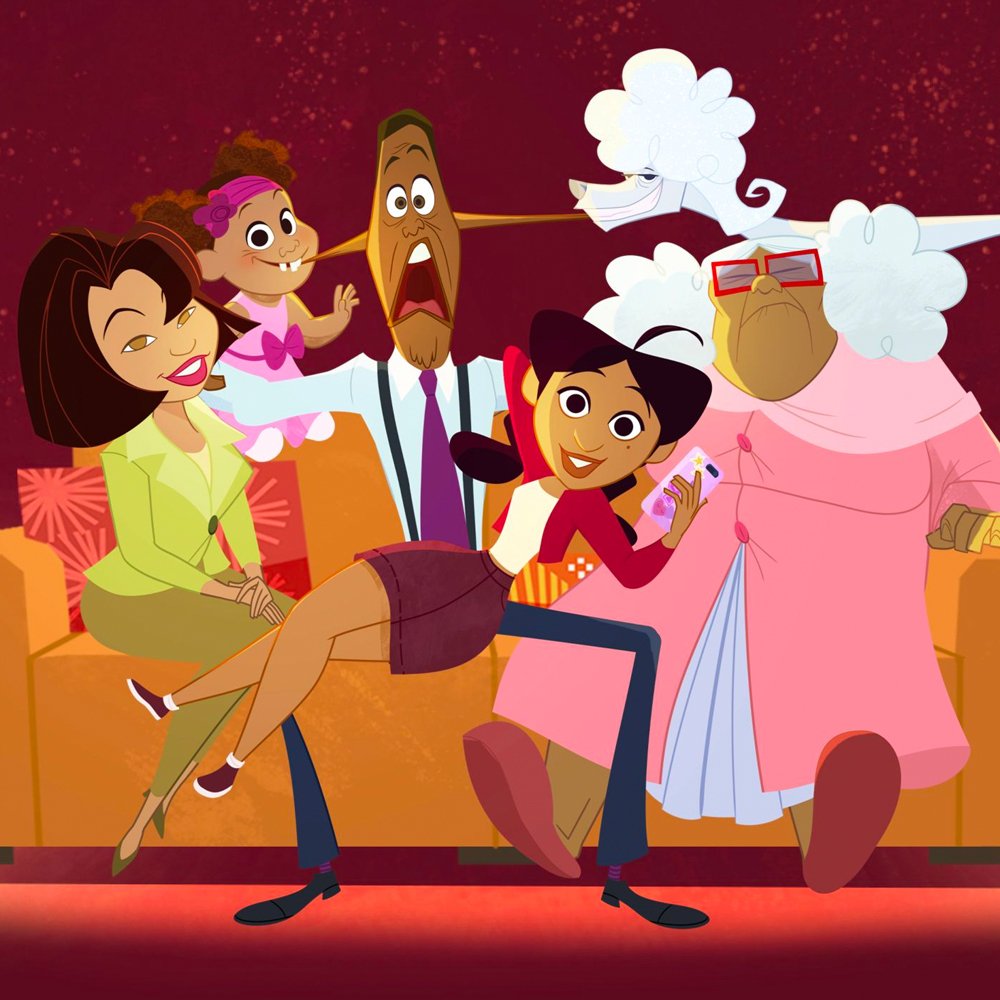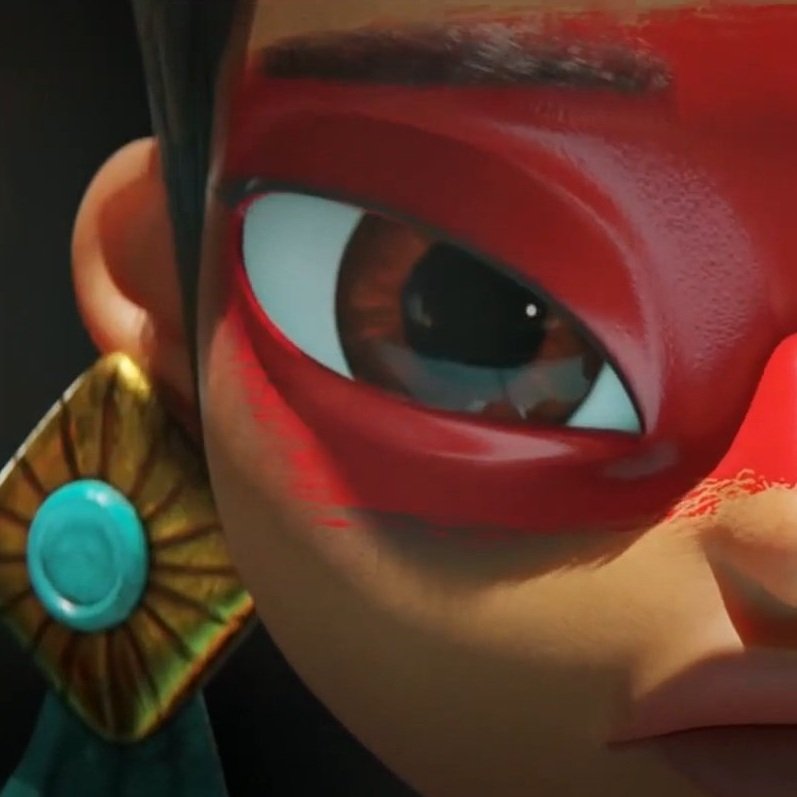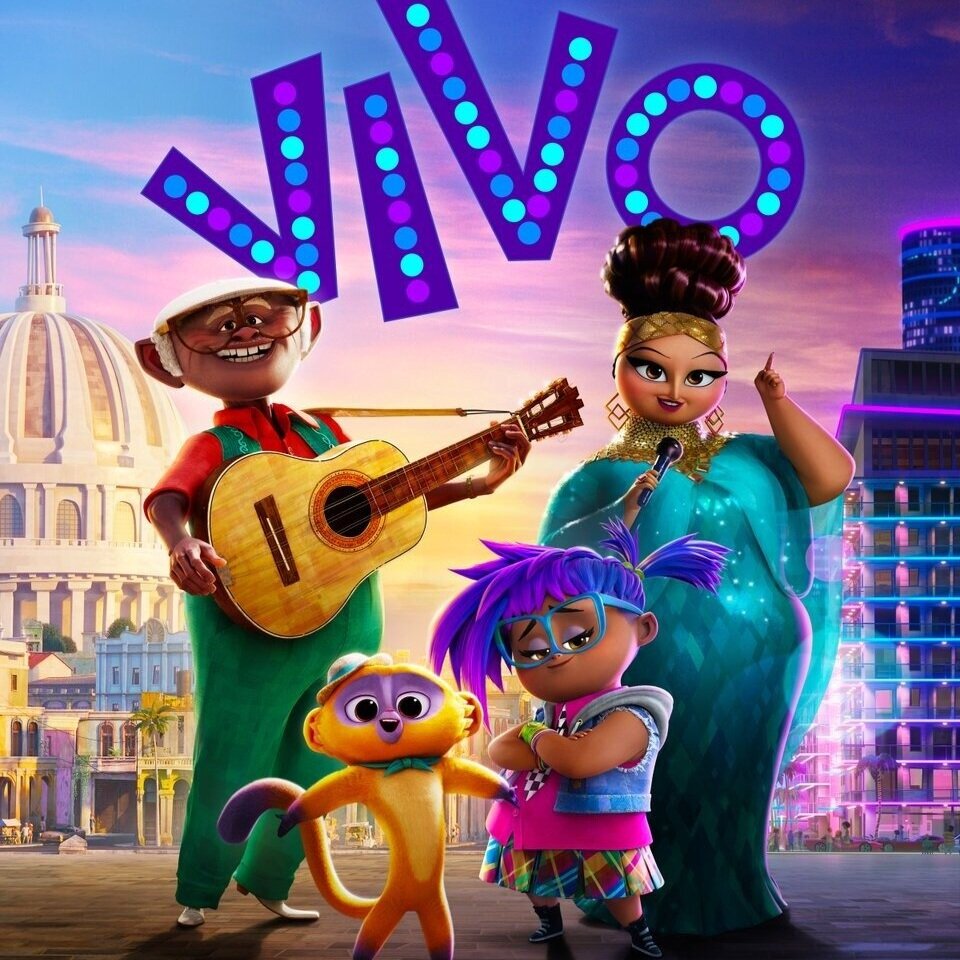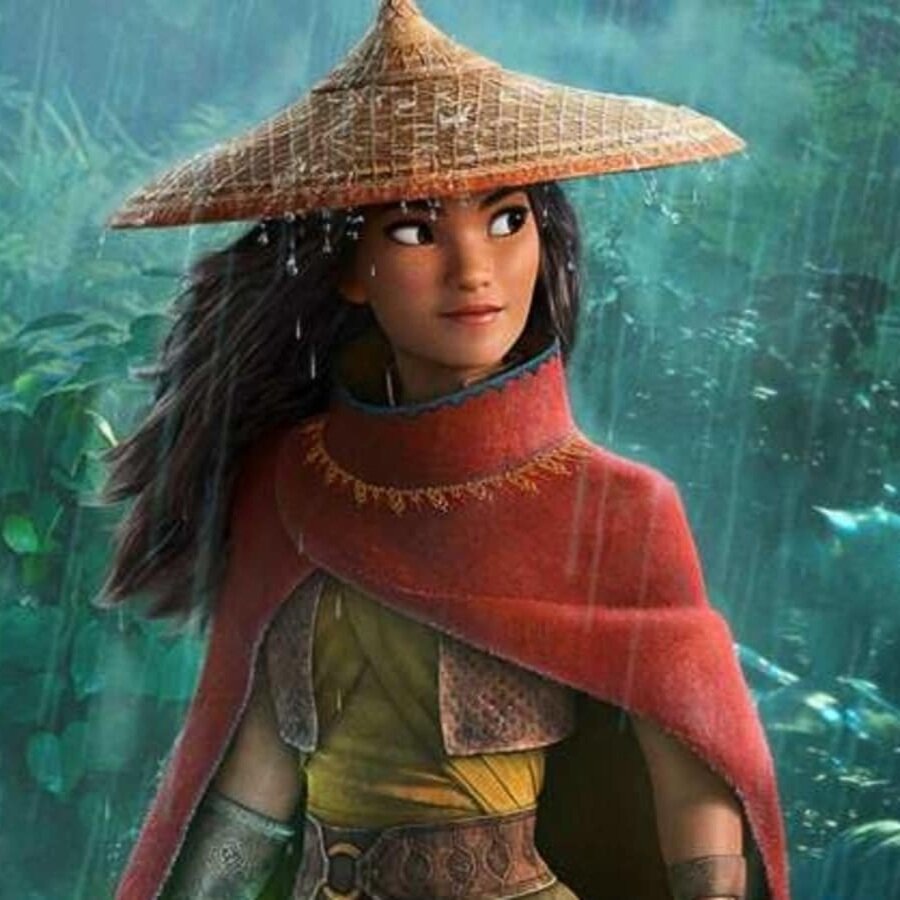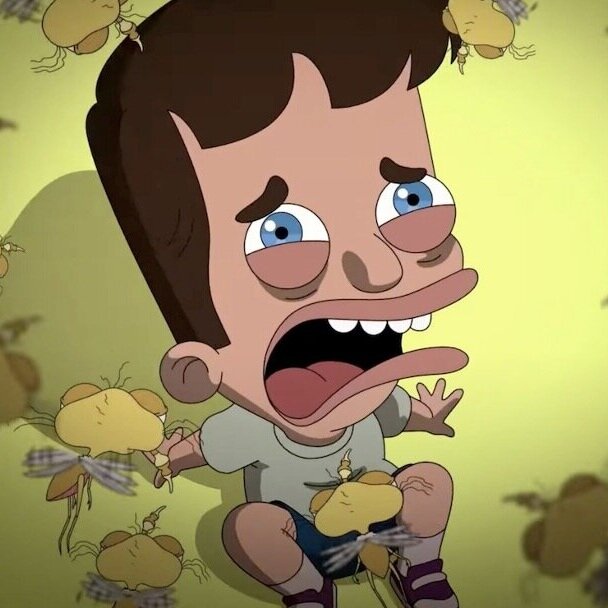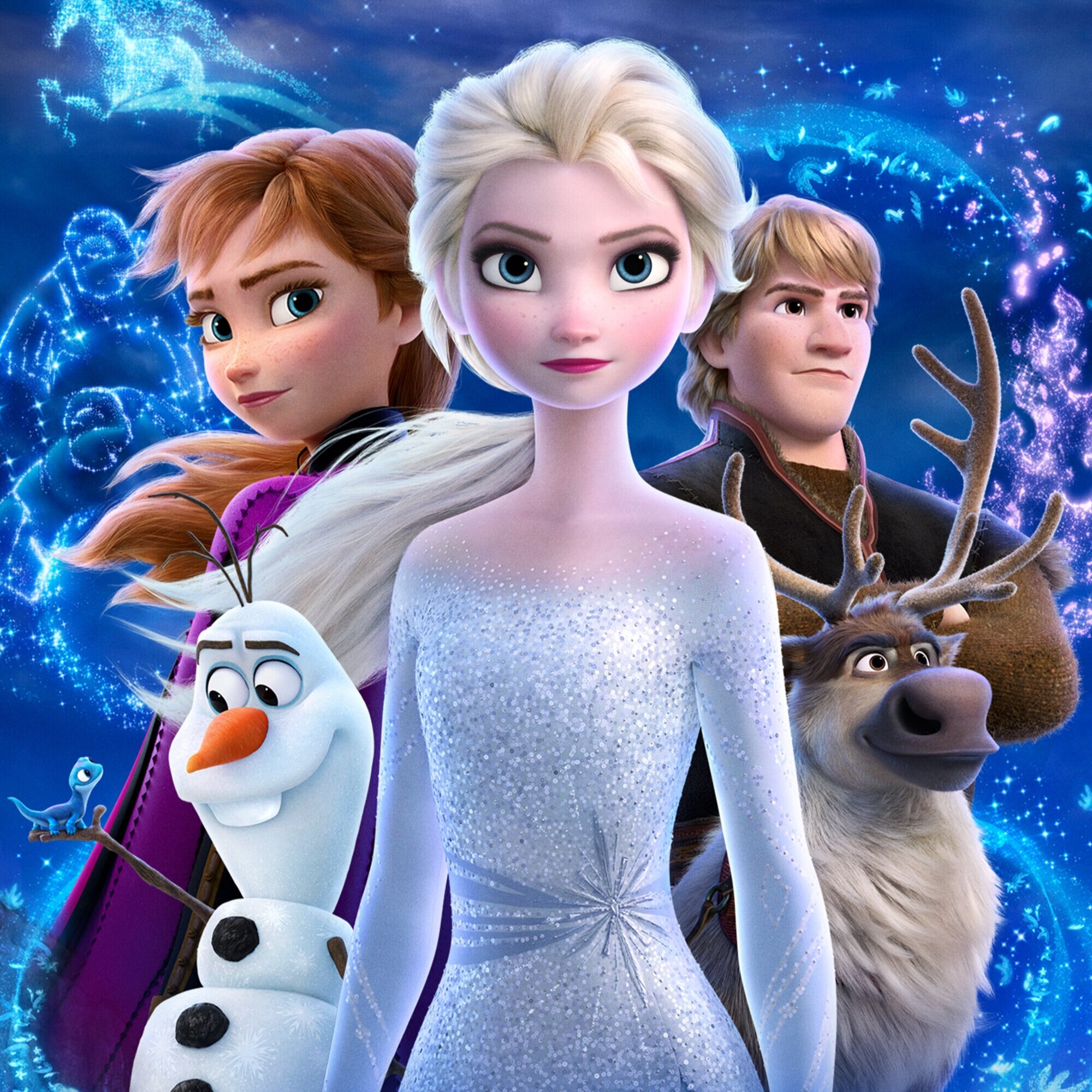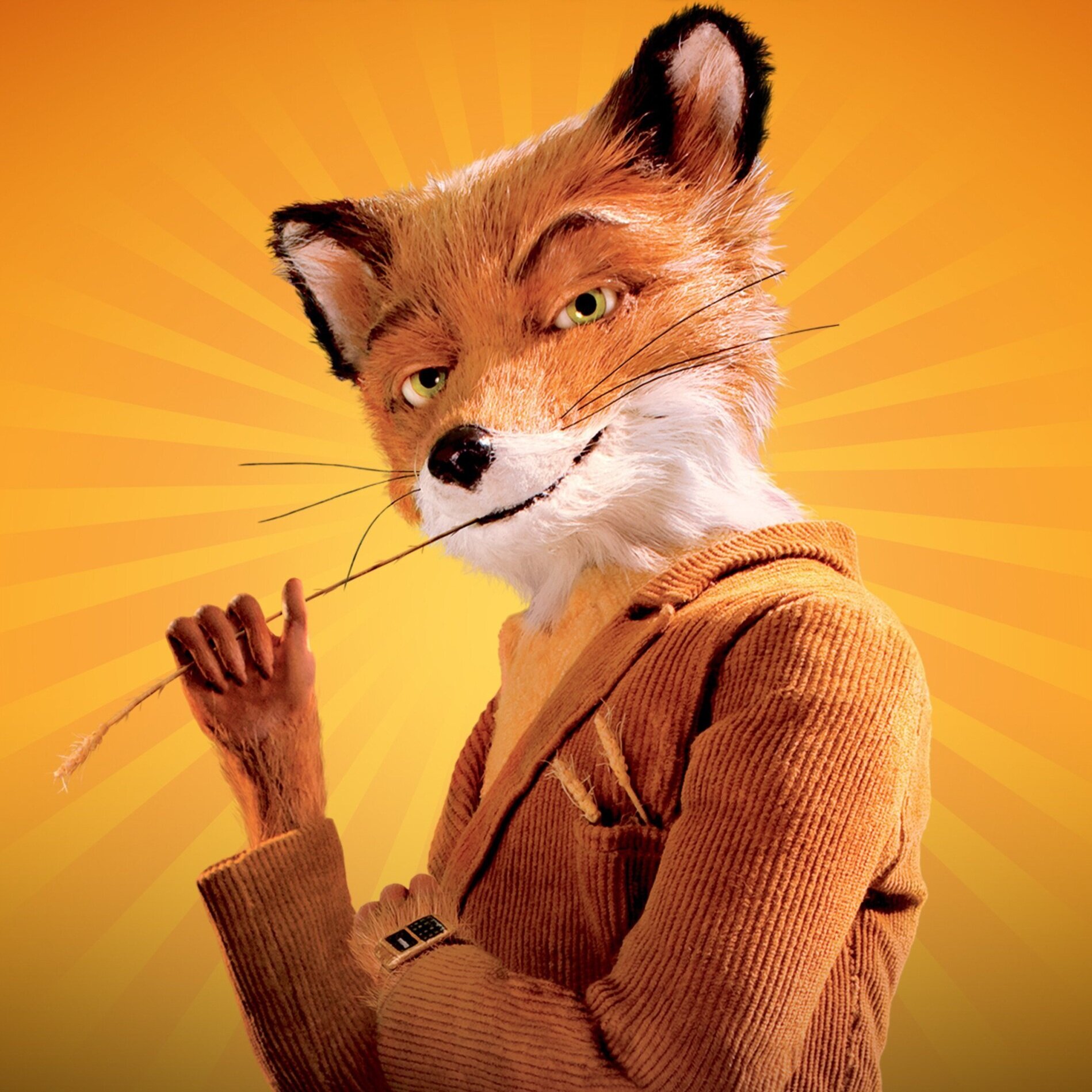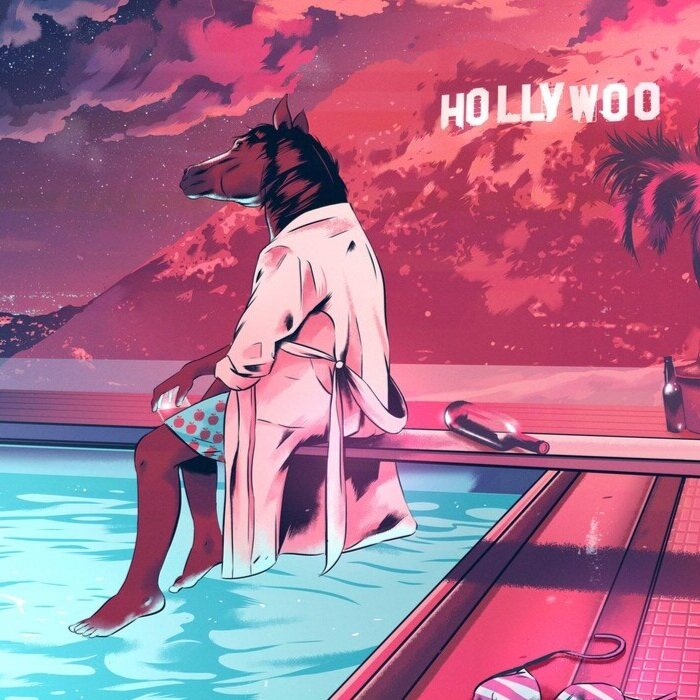Revisiting Nausicaa of Valley of the Wind
Hannah Lazar - Visual Discussion
Nausicaa premiered in theaters in 1984, and tells a post-apocalyptic story set a thousand years in the future. It follows the princess of the Valley of the Wind (a kingdom within that world), Nausicaa, a curious young woman who explores different areas of the world, and hopes to discover a way for the jungle and humans to co-exist. When it came out, it made more than ten times its budget domestically, and is now consistently acknowledged as one of the best and most influential animated films from Japan.
The film is not actually a Studio Ghibli production, but it was the first time many Ghibli collaborators and staffers came together to create a film. Fresh off his directorial debut, The Castle of Cagliostro, Hayao Miyazaki had been drafted by the Tokuma Shoten, the publisher of the Animage magazine, to create film and manga ideas for the industry. From this, Miyazaki came up with the original manga for Nausicaa, which then became the magazine’s most popular story at the time. Thus, a film adaptation was proposed, which Miyazaki agreed to be a part of so long as he could direct. Other future Ghibli regulars, most notably Isao Takahata (director of Pom Poko, The Tale of the Princess Kaguya) and composer Joe Hisashi (who worked on many Ghibli products), joined as well, and other members of the production went on to become some of anime’s most famous names, like animator Hideaki Anno (creator of Neon Genesis Evangelion) who has been credited with animating the God Warrior’s attack sequence.
The resulting film continues a technological and artistic marvel, and the foundation for many future Studio Ghibli movies. Unlike in his directorial debut, which drew upon previously-made character designs from the Lupin the Third franchise, Miyazaki was able to create characters that were solely his own - allowing for his simplistic art style to truly shine for the first time. The eyes are wide and expressive, but not so large that they appear unnatural. The faces are simplistic and rounded out, and the bodies are not immensely detailed either. Even so, each character is distinct from the others, and these simple designs allow for more flexibility and fluidity of movement, leading to both moments of intense, fast-moving action and wonderful character acting and animation. A particular highlight of the latter is Nausicaa’s first interaction with a fox squirrel; the animal is animated and brought to life beautifully, and pays close attention to Nausicaa’s face before and after the animal bites her finger. Even though she’s calm before and after the action, her expression changes slightly, as her face conveys that she’s still in pain. Then, she grows slightly more confident when she faces the creature again. She reaches full confidence when the creature stops biting her finger, and her fun little dance once the fox squirrel fully bonds with her is also a joy to watch.
Contrasting the simple character designs, the environmental and mechanical designs found throughout the film are immensely detailed. Miyazaki has a talent for capturing the beauty of both the natural and the mechanical, using sweeping wide shots to give a sense of immense scope, or focusing on one part of the environment to instill a sense of whimsy. Every piece of technology is given a proper amount of focus, and by the end you understand how Nausicaa’s glider works, or can picture the moving parts of the other flying machines shown in the film. The colors, from the backgrounds to the creature designs to the technology, also coalesce wonderfully, as they are all slightly washed-out and pale. This makes every aspect of the world feel real and grounded, no matter how outlandish the designs may be. Furthermore, this film in particular uses dust and particle effects quite nicely, which will become a Ghibli staple in the future.
Ultimately, Nausicaa of the Valley of the Wind is the progenitor to the entire Ghibli company, especially from a visual standpoint. Hayao Miyazaki will continue to utilize his eye for detail, and his love for depicting the beauty of the unnatural and natural in films like Princess Mononoke, Castle in the Sky, Kiki’s Delivery Service, Porco Rosso, Spirited Away, The Wind Rises, and Ponyo. In fact, navigating this dichotomy between the natural and the unnatural - for instance, the importance and beauty of the natural environment against the perceived necessity and usefulness of man-made technology, or the joy of everyday life against the wonder of the supernatural - is the thematic backbone of many Ghibli productions, which originated in Nausicaa of the Valley of the Wind.
Staci Bell - Thematic Discussion
Our fairy tales and childhood films warn us about what lurks in the forest. It is the forbidden forest. The frightening jungle, where predators prowl and darkness abounds. Every forest is Mirkwood or Lothlorien: mystical, mysterious, and not to be taken lightly. Such supernatural oversimplifications of the forest are amusing and exemplify our antagonistic relationship with nature. To our parents, and to our childlike adult selves, the forest is a fearful place. Soil is full of disgusting worms and spiders; gnats and mosquitoes swarm, biting at our arms while ants nip at our toes; foxes, bobcats, raccoons, roaring elk, and monarchical bears wait sinisterly for us to take that first step within the understory. Of course, our parents have good reason to plant within us seeds of fear about the forest. It’s a big, scary place where children can become lost.
So we chop it down and sell the lumber to build and heat our homes. It is better to get rid of the scary thing completely than address the scary thing head-on. And it is even better to ignore that it is not the forest that withholds the power to destroy, but the hand that grips the axe to strike the tree.
Miyazaki forces his audience to acknowledge the part that they have played in contributing to the degradation of the environment in the ecologically aware Nausicaa of the Valley of the Wind. This film amazed me. So rarely are we presented with a film that directly addresses the stereotypes we have placed upon nature. Miyazaki beautifully depicts the conflict between man and nature in the dynamic between Princess Nausicaa and the imperialistic Tolmekian tyrants. It is this conflict that is so commonly ignored, yet so integrated in our collective eco-conscience. I am delighted that Miyazaki makes this the central theme in Nausicaa.
There are many, many layers I could unfold in Miyazaki’s storytelling about nature. At the basis of all of them, though, is soil. Miyazaki spends much of the movie reminding us that soil is an essential component of a healthy ecosystem. It provides the nutrients, water, and air that plants need to grow. Yet we pollute it. As Nausicaa says as she defends her garden, which is full of the supposedly toxic plants from the supposedly toxic jungle: “I irrigated this chamber using water drawn from deep underground by the castle’s windmill. I used soil drawn from there as well. I found that with clean water and soil, plants from the toxic jungle aren’t poisonous. All of the poison is in the soil. Even the topsoil in the valley is polluted.” In other words: it was Nausicaa’s ancestors that made the soil so toxic. By placing soil at the center of the film, and constantly referencing the difference between a healthful soil and an anthropogenically altered soil, Miyazaki takes a unique approach to presenting environmental consciousness. His focus on soil health sets the movie apart from other films that attempt to address environmental change. He makes the connection between soil, atmosphere, and biota by referencing the role that the toxicity of the soil plays in the toxicity of the plants and air. I was overjoyed by Nausicaa of the Valley of the Wind’s focus on soil, because it is so often ignored.
I love the contrast between Tolmekia, the imperialist nation that wreaks havoc on the Toxic Jungle, and the Valley of the Wind, the peaceful village in harmony with its environment, because it brings to attention the two dominant ideologies about nature. The principles that the Valley’s inhabitants devote themselves to are founded upon a care and alliance with nature. Miyazaki establishes this early in the film by presenting us first with Princess Nausicaa, a caretaker of the forest and its creatures; then, with the windmills that power the Valley; and finally, with the meticulous preservation of the Valley’s orchards and farms. Princess Nausicaa and her people have an ancient understanding of the environment received from their ancestors. An old man of the Valley perfectly encapsulates their beliefs: “We prefer the ways of the water and the wind.” Meanwhile, the Tolmekians represent corruption and strife. They are the personification of selfishness and ignorant fear. They are who we are today -- a collective body of individuals striving only to benefit themselves. While the Tolmekians are concerned about the individual “I,” Nausicaa and her people are only concerned about the collective “I.” One of these ideologies has led to the destruction of the environment; the other, a movement to preserve what remains on our planet.
Like all of Miyazaki’s masterpieces, Nausicaa of the Valley of the Wind is a classic film with modern importance. It urges us to consider our actions -- both how they affect others and how they impact the environment. It acts as a representative of the environment from the past, reminding us of the urgency we once had towards preservation. Nausicaa herself asks us whether we will continue to mindlessly serve ourselves, or relinquish our comfort to protect our planet. Nausicaa of the Valley of the Wind is a confronting reminder that the forest could destroy us -- because we are destroying it. Even more, Nausicaa reminds us that the roots of the forest are as deeply planted in the soil as they are planted in ourselves -- without them, we are nothing.
